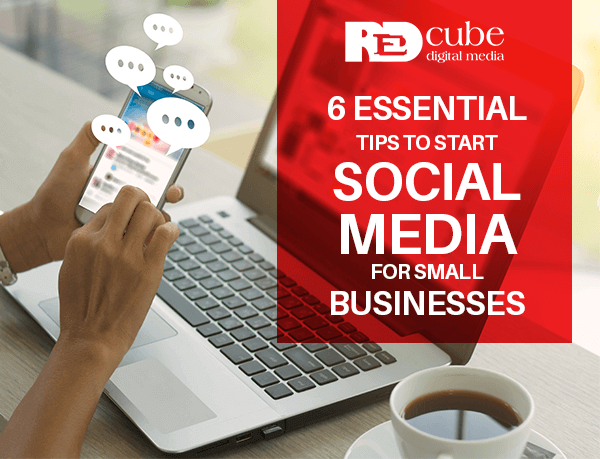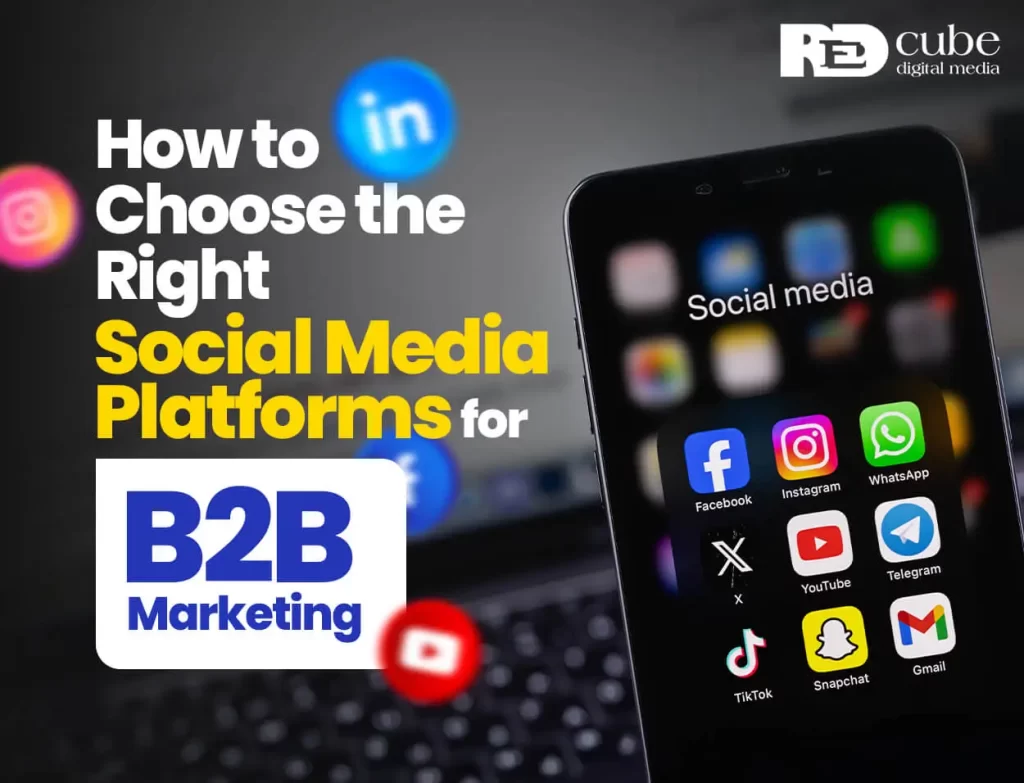Establishing a strong social media presence in front of your audience is very crucial for any business or brand. Indeed, it is one of the best ways to connect with your audience or to reach out to those who haven’t heard of your business yet. According to Datareportal, there are more than 3.81 billion social media users around the world, representing around 49 percent of the world’s total population. That means if you run a business or own a brand and still are not focused on building a strong social media presence, your customers will soon be choosing your competitors.
As of 20 April 2020, there were more than 2.498 billion monthly active users on Facebook, more than 2 billion on YouTube, and more than 1 billion monthly active users on Instagram. With Facebook, Youtube, Instagram, Twitter, and other platforms there are immense options for online marketing these days, but many brands are struggling to work out the most profitable social media strategy for their business. They believe that getting started with social media for their business could be difficult and expensive.
With these 6 simple tips, you can start social media planning; especially small businesses can reach new heights, build brand awareness, and could boost their sales:
1. Start with a strategy
All social media tools are easy to use, and you can get started with an organic posting on your page for free. But like every other business approach, using social media for progress in small businesses needs to begin with a strong strategy. Without planning about the strategies, you have no clear objective for what you’ll achieve in the future. Create goals that are detailed, measurable, realistic, appropriate, and timely. Also, check how your competitors are using social media. Obviously, you don’t have to copy them, but you can learn from their content and from the way they post. If you’re already using social media, evaluate your existing efforts by auditing your efforts and content.
2. Decide which social media platforms are right for you
Making assumptions about where your audience is present on social media could be risky for you. To make sure which social media platforms are best for your business, you’ll need to perform some research of your own. This research will help you to understand where your exact audience spends their time online. Keep in mind that you should use different social channels to reach different audiences, or to meet different business goals.
3. Know your audience
Using social media for business and brands allows you to micro-target your audience. But for that, first, you need to realize who your audience is. You can start by compiling data on your current customers, their behavior, and their purchasing capacity, and so on. To dig deeper, you’ll have to develop a solid picture of who’s interacting with you online. Age, location, behavior, income are some aspects that help you decide your audience. You will have to understand the demand for your product and services, which will help you to target your audience in a subtle way.
4. Build relationships
One of the best advantages of social media marketing for businesses is that it allows you to converse with your customers and followers. Building relationships with your existing and upcoming customers is important to make them believe about your brand and your product, by building interactions over time you can then ask for a sale upfront. Providing value through your content allows you to grow organically, as the audience loves to see knowledgeable content. Engage with your audience by providing them organic content, ads, contests, quizzes, and other trending activities, it’s a great idea to engage back. All this helps to build trust and form loyalty between your brand and your audience. When your audience engages with your content by sharing, commenting, and liking your content, the social media algorithms give a boost to your brand and page. These relationships can develop into sales over time.
Another great way to build community and brand loyalty is through Facebook Groups.
Here you can create a Facebook group of your brand or business and allow people to join it. In this group, you can provide more value and knowledge to your audience. Also, you can build relationships with other brands, business owners, and influencers in your niche. This can give a boom to your social media presence. Starting with micro-influencers (who have around 10,000 followers) is a good way for small businesses, as they are within the budget range of smaller brands.
5. Focus on quality over quantity
It’s very important to produce quality content on selected social media channels rather than to have a presence on every single network. Make sure your social posts offer value to the audience, if your social content sounds like you are trying to sell, there’s very little chance for people to follow you. Remember, social media marketing is all about building relationships with your audience and then slowly converting them into your sales. A survey from Stackla shows that 86% of consumers on social media believe that authenticity influences which brands they like and support online. Focusing on one or two social channels will help you to be more active and alive on those platforms, from where you can gradually expand your efforts and reach out to more channels.
6. Use the right tools
Using tools that automate or simplify much of the social media work, is the secret to use social media effectively. There are many social media tools that help boost your productivity. These tools can help you schedule, optimize, broadcast, design graphics, and even help you in content curation for your social media posts.
Social media management tools like Hootsuite centralize all your social channel mentions about your company in one single dashboard. This helps in responding and engaging your audience without logging into each of your individual social media accounts. The tool also provides great analytics of how well you’re capturing the conversations through your social networks. Another Social media management tool is Brandwatch, which allows you to generate in-depth reports very promptly.
Tools like Canva, VSCO, and Piktochart allows you to create stunning graphics for your social media posts. There are some tools that help you in content curation, to share every day on your platforms. BuzzSumo and Pocket are the widely used tools by a small business for content curation. These tools help you find and organize content to share and is a great way to provide value for your followers to keep them engaged.



